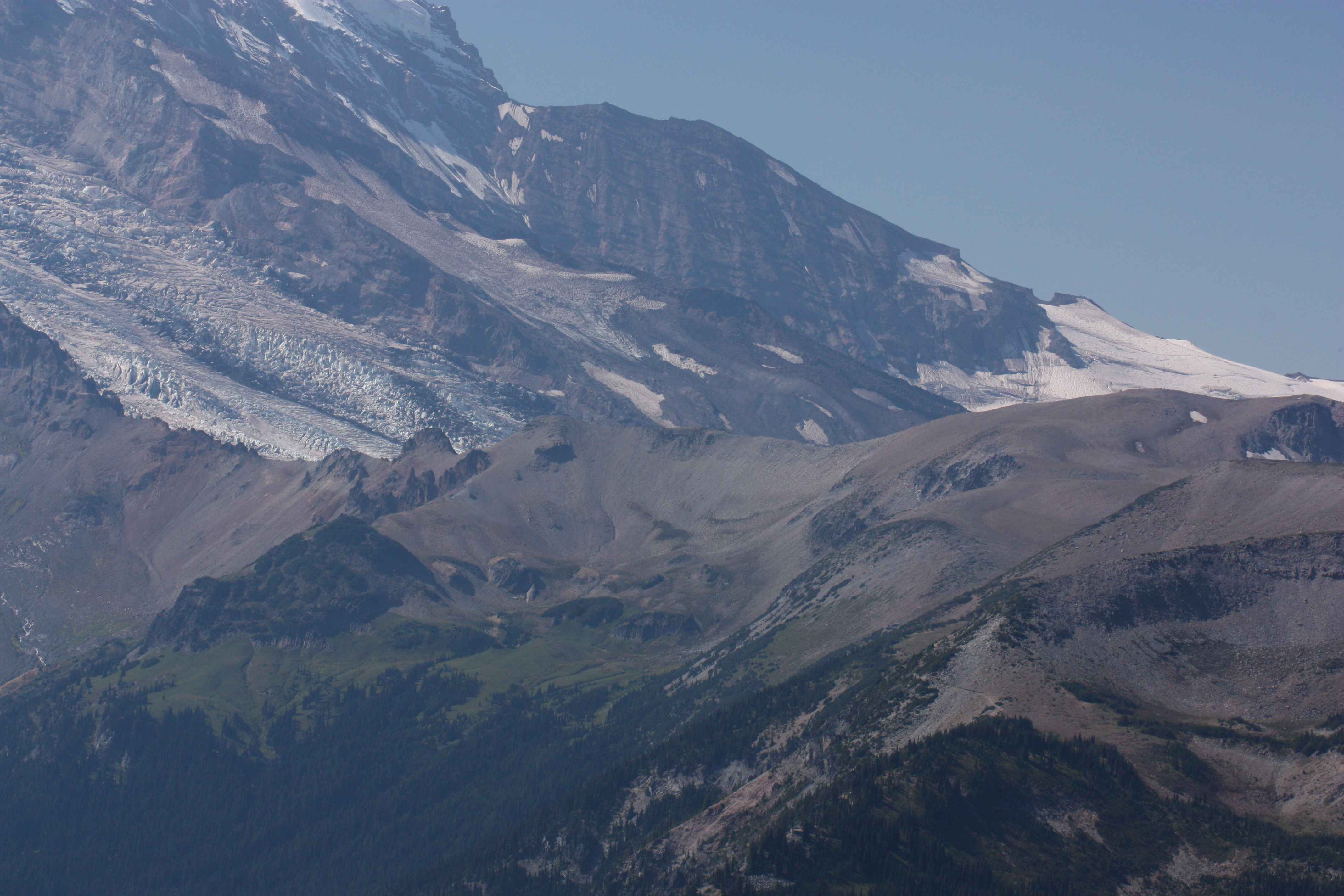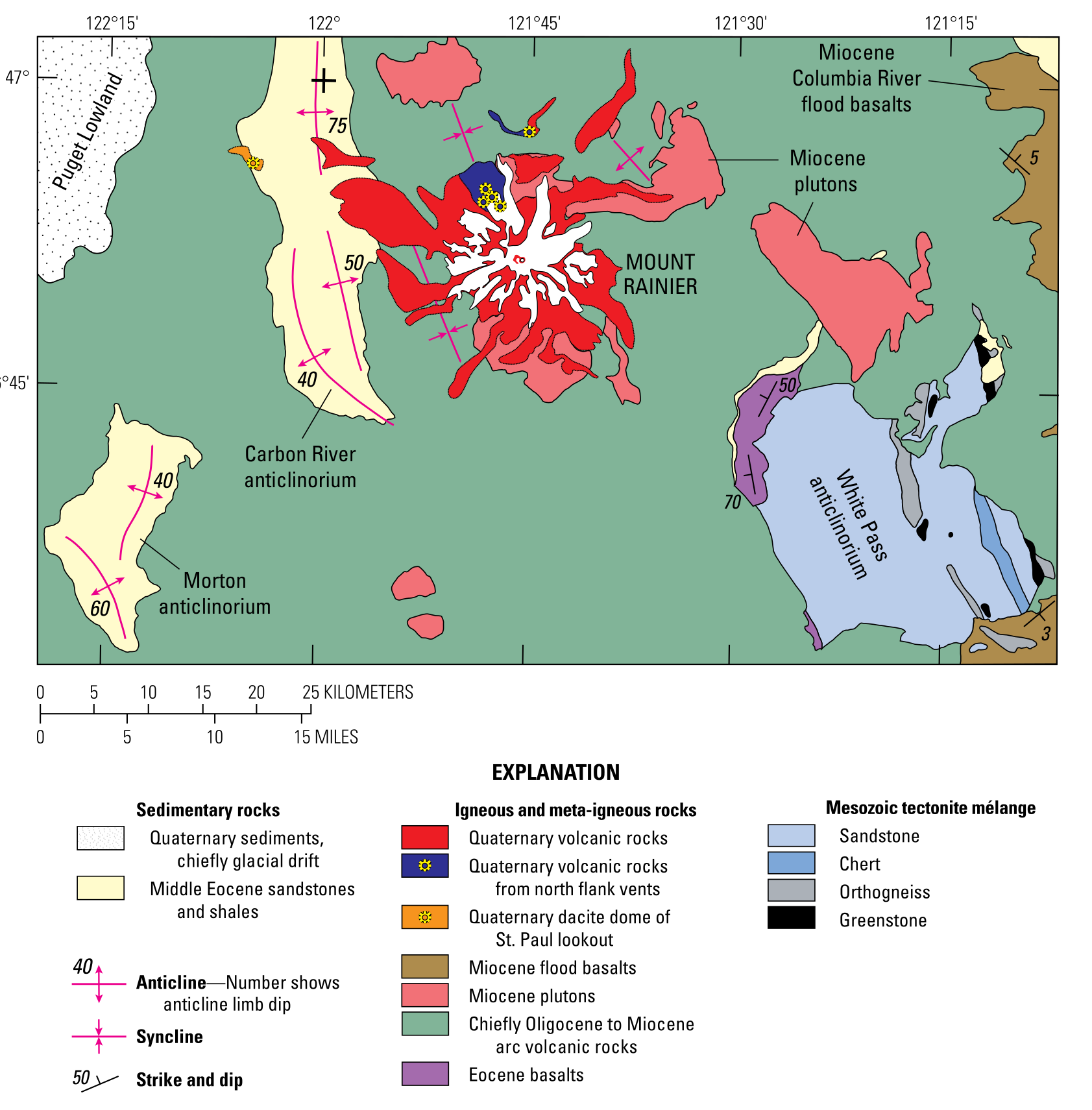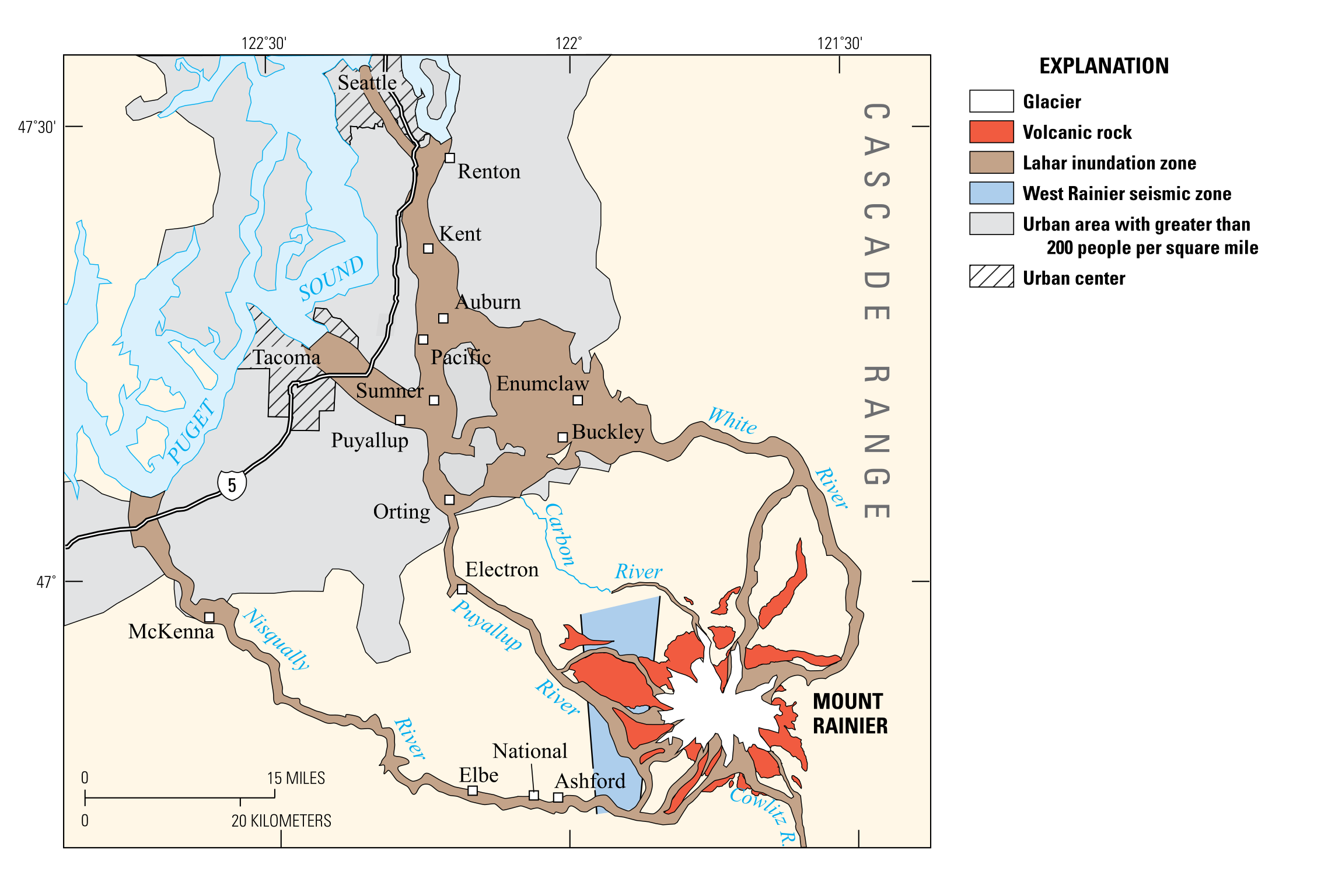Tree moss at Mount Rainier National Park is a diverse and fascinating component of the ecosystem. These epiphytic plants thrive in the park’s moist environment, covering trees, rocks, and soil. Mount Rainier’s tree mosses include species like Ceratodon purpureus and Andreaea, which adapt to various elevations and environmental conditions. This guide explores the specific species, habitats, identification methods, and growth conditions of tree moss in Mount Rainier National Park.
What Are the Specific Tree Moss Species Found at Mount Rainier?

Mount Rainier National Park hosts several notable moss species, with many growing on trees as epiphytes. Here are some key species:
- Ceratodon purpureus (Purple Horn Cap Moss)
- Family: Ditrichaceae
- Distribution: Widespread throughout the park
- Habitat: Wet areas
-
Appearance: Grey-green color, sometimes with reddish or pinkish tips
-
Andreaea (Rock Mosses)
- Family: Andreaeaceae
- Habitat: Granitic or slaty rocks
-
Appearance: Dark-green or olive-green tufts, can change to yellow-brown or dark red
-
Dicranum spp.
- Notable species: Dicranum scoparium and Dicranum undulatum
- Family: Dicranaceae
- Distribution: Various life zones, from dense forests to Hudsonian meadows
Where Do Tree Mosses Grow in Mount Rainier National Park?

Tree mosses in Mount Rainier National Park thrive in various habitats across different elevations. Here’s a breakdown of their distribution:
Forest Zone
- Dominant trees: Western Hemlock, Douglas-fir, Western Red Cedar
- Notable area: Carbon River Rain Forest (dominated by Sitka spruce)
- Moss growth: Primarily as epiphytes on tree trunks and branches
Subalpine Zone
- Vegetation: Meadows with species like Sitka valerian, showy sedge, and lupine
- Moss growth: On trees, rocks, and soil
Alpine Zone
- Vegetation: Sparse
- Moss growth: Primarily on rocks
| Zone | Elevation | Dominant Vegetation | Moss Habitat |
|---|---|---|---|
| Forest | Low to mid | Western Hemlock, Douglas-fir | Tree trunks, branches |
| Subalpine | Mid to high | Meadows, subalpine fir | Trees, rocks, soil |
| Alpine | Highest | Sparse vegetation | Rocks |
How Can You Identify Tree Moss at Mount Rainier?
Identifying tree moss at Mount Rainier requires attention to visual characteristics, texture, and color variations. Here’s a guide to help you:
Ceratodon purpureus (Purple Horn Cap Moss)
- Color: Grey-green, sometimes with reddish or pinkish tips
- Size: Small, usually less than 2 cm in height
- Growth pattern: Dense mats
- Leaf shape: Variable
Andreaea (Rock Mosses)
- Color: Dark-green or olive-green, can change to yellow-brown or dark red
- Growth pattern: Tufts
- Leaf characteristics: Show remarkable changes in shape and cell forms
- Reproductive structures: Peristome teeth are broad at the base and forked above
General Identification Tips
- Observe the moss’s color and any color variations
- Note the growth pattern (mats, tufts, etc.)
- Examine leaf shape and arrangement (if visible)
- Look for reproductive structures during spore-producing phases
- Consider the substrate (tree bark, rock, soil)
What Are the Optimal Growth Conditions for Tree Moss at Mount Rainier?
Tree moss at Mount Rainier thrives under specific environmental conditions. Understanding these factors can help in identifying and appreciating these unique plants:
Moisture Requirements
- High humidity
- Consistent rainfall or mist
- Poor drainage areas (often resulting from past glacial action)
Light Exposure
- Partial shade (especially in forest and subalpine zones)
- Some species can tolerate full sun
Substrate Preferences
- Tree bark (for epiphytic species)
- Rocks (especially for Andreaea species)
- Acidic soil (mosses are generally not lime-tolerant)
Temperature Tolerance
- Varies by species and elevation
- Many species can withstand freezing temperatures
What Challenges Do Tree Mosses Face at Mount Rainier?
Despite their adaptability, tree mosses at Mount Rainier face several challenges:
- Desiccation: Rapid drying during periods of low moisture
- Human Impact: Disturbance along trails and transportation corridors
- Exotic Species: Competition from non-native plants
- Climate Change: Potential alterations in temperature and moisture patterns
- Air Pollution: Sensitivity to atmospheric pollutants
How Do Seasonal Changes Affect Tree Moss at Mount Rainier?
Seasonal variations play a significant role in the life cycle and appearance of tree moss at Mount Rainier:
Spring
- Increased growth due to higher moisture levels
- Spore production begins for many species
Summer
- Potential desiccation during drier periods
- Continued spore production
Fall
- Renewed growth with increased rainfall
- Color changes in some species (e.g., Andreaea)
Winter
- Dormancy or slowed growth
- Snow cover provides insulation for some species
What Role Do Tree Mosses Play in Mount Rainier’s Ecosystem?
Tree mosses are integral to Mount Rainier’s ecosystem, serving several important functions:
- Moisture Retention: Act as natural sponges, helping to maintain forest humidity
- Habitat Creation: Provide microhabitats for small invertebrates
- Nutrient Cycling: Capture and release nutrients from rainwater and air
- Soil Formation: Contribute to soil development on rocks and tree bark
- Biodiversity Support: Increase overall ecosystem diversity
How Can Visitors Responsibly Observe Tree Moss at Mount Rainier?
To protect the delicate tree moss ecosystems at Mount Rainier, visitors should follow these guidelines:
- Stay on designated trails to avoid trampling moss communities
- Observe mosses from a distance without touching or collecting
- Use binoculars or magnifying glasses for closer observation
- Photograph mosses instead of collecting specimens
- Report any unusual changes or damage to park rangers
By following these guidelines, visitors can help preserve the unique tree moss communities of Mount Rainier for future generations to study and enjoy.
References:
1. Mount Rainier National Park (Nature Notes) – NPS History
2. Descriptions and identification – WA – DNR
3. Wildflower Distribution in Mount Rainier National Park

